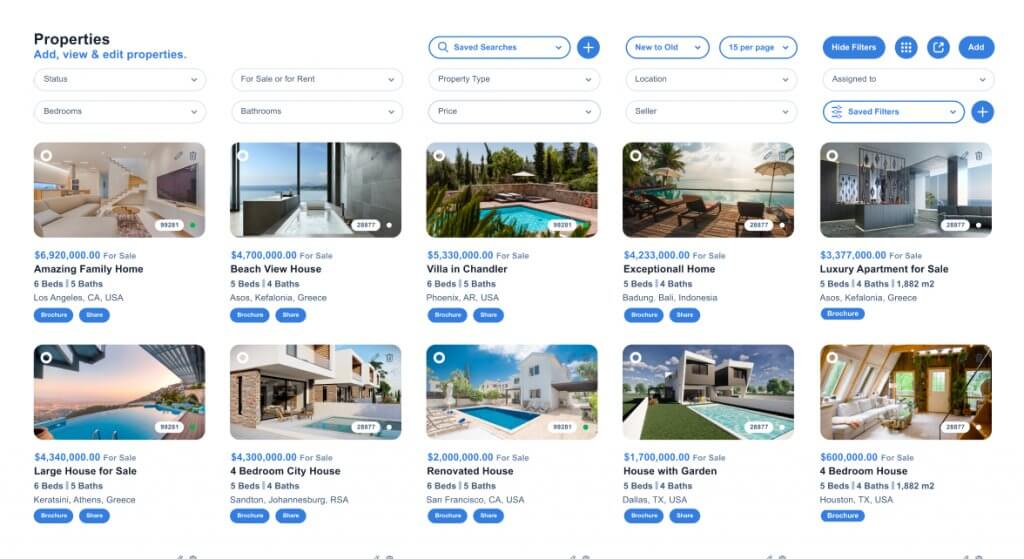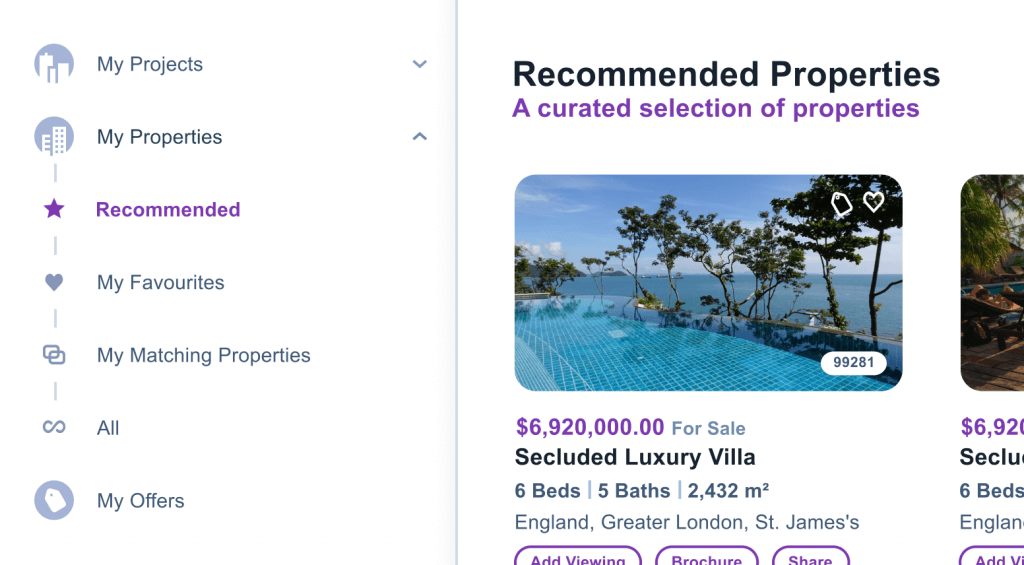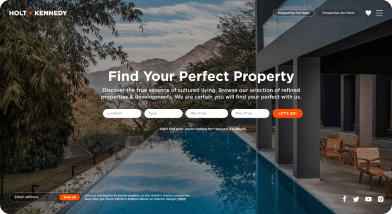Cities are vibrant ecosystems, buzzing with a variety of property types that cater to different demographics, lifestyles, and needs. Understanding these property types is crucial whether you’re a prospective buyer, renter, or simply an urban enthusiast. Let’s delve into the common property types found in a city and unpack what each entails.
1. Residential Properties
Residential properties are designed to serve as homes, offering a space for individuals and families to live, grow, and create memories. These properties can be broadly categorized into:
Single-Family Homes
Standalone structures are designed to house one family. They offer privacy and space, often coming with yards, garages, and multiple bedrooms and bathrooms.
Apartments
Units within larger buildings or complexes, apartments are a popular choice in densely populated areas. They range from studios to multi-bedroom units and often provide amenities like maintenance, security, and community facilities.
Condominiums
Condos blend apartment living with home ownership. While individuals own their units, common areas and facilities are shared and maintained through association fees.
Townhouses
These are multi-floor homes sharing one or two walls with adjacent properties but have their entrances. Townhouses offer a balance between the spaciousness of single-family homes and the convenience of apartment living.
2. Commercial Properties
Commercial properties are spaces designed for business activities, including:
Retail Spaces
From small boutiques to large department stores, retail spaces are where goods and services are sold. Their location and layout are crucial for attracting foot traffic and ensuring business success.
Offices
These spaces are designed for businesses to conduct their operations, ranging from individual offices to entire buildings for corporations. They can be found in business districts and are pivotal in a city’s economic life.
Industrial Properties
These include warehouses, factories, and distribution centers. Typically located in the city outskirts, they are essential for manufacturing, storage, and logistics.
3. Mixed-Use Developments
Combining residential, commercial, and sometimes industrial spaces, mixed-use developments are designed for a blend of activities. These properties can offer residential units atop retail stores or offices, creating vibrant, integrated communities.
4. Special Purpose Properties
These are properties designed for specific uses and include:
Hotels
Providing accommodation, hotels range from budget to luxury, catering to travellers and sometimes offering spaces for events and conferences.
Educational Buildings
Schools, universities, and training centers, these properties are essential for educational purposes and community development.
Healthcare Facilities
Hospitals, clinics, and specialized medical centers fall under this category, providing essential healthcare services.
Understanding these property types offers insights into the city’s structure and function, reflecting its economic health, culture, and community life. Whether you’re investing, choosing a place to live, or simply exploring, the diversity of property types in a city underscores its dynamism and complexity.




